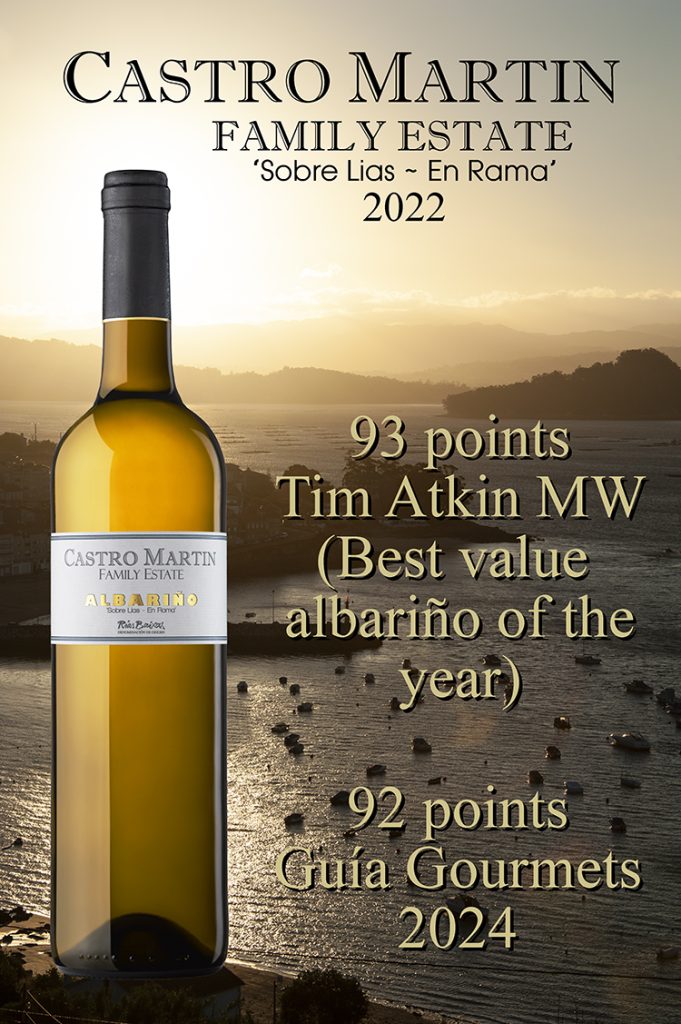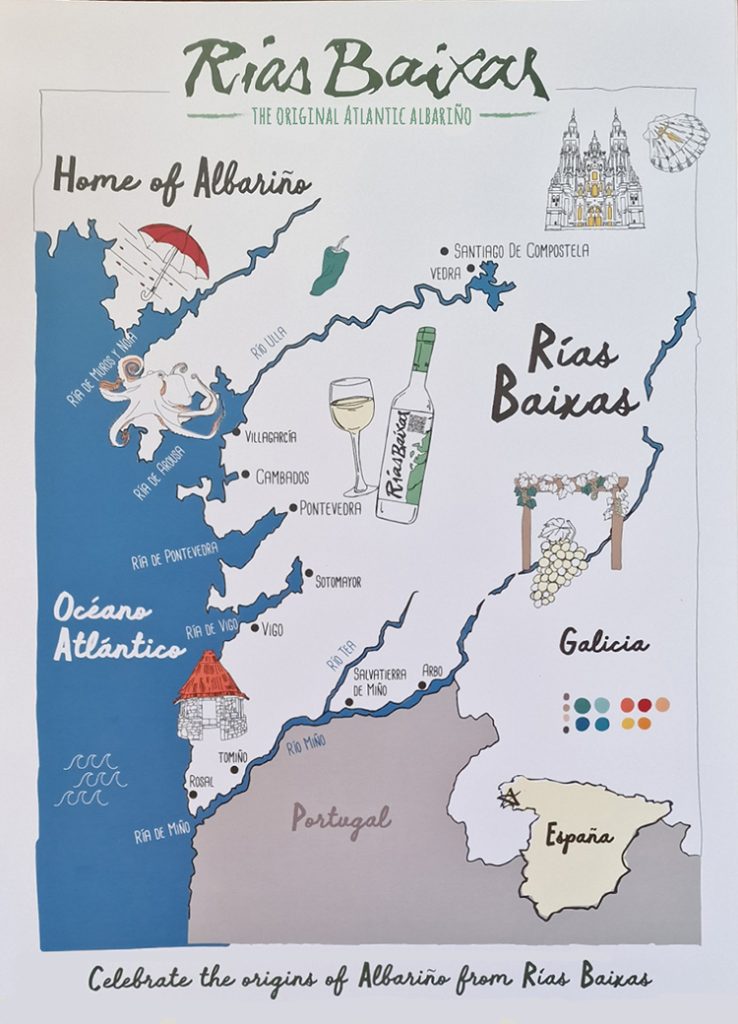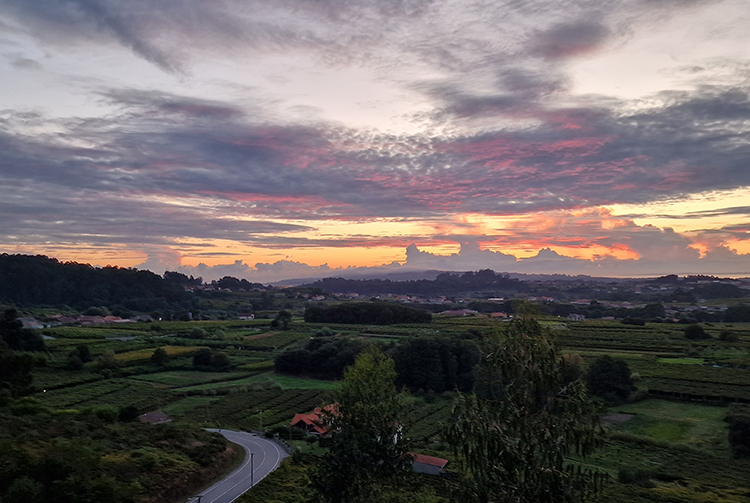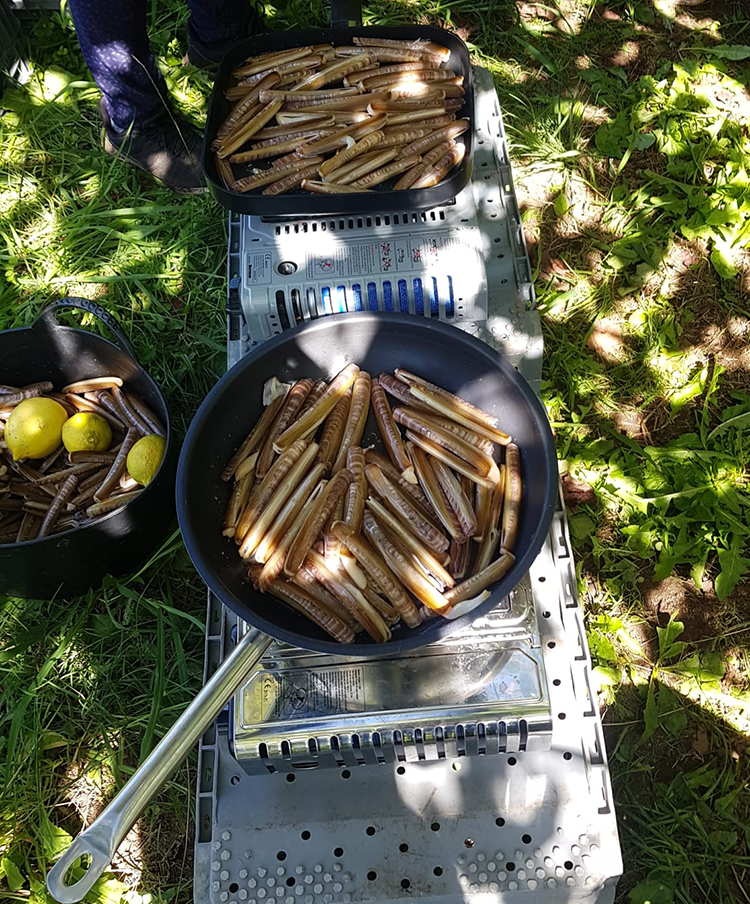From acorns to oaks
April 10th, 2024 | Odds & Sods
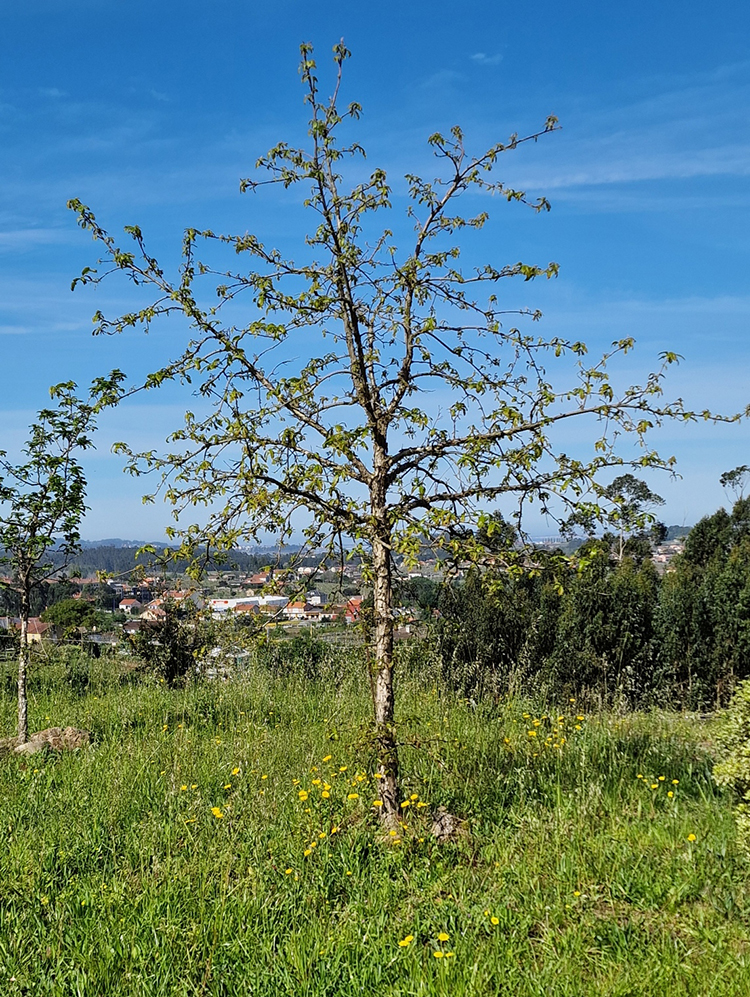
This morning I was in the vineyard behind our Bodega, mostly to check on the progress of our vines. The rain has finally stopped, and the forecast tells us that the week ahead should be bright and dry… we shall see! After such a prolonged period of cold, wet weather we have just made our first, precautionary, treatment of the year, a small dose of sulphur. Clearly, spraying ‘contact’ treatments in wet conditions would be of no use, and a complete waste of both time and money. Now we simply have to take full advantage of the dry conditions. Anyway, it seems that the plants are healthy and that growth is already quite rapid (a combination of sun and moisture in the soil).
Whilst I was surveying the vines I caught sight of our young oak trees, which 12 or 13 years after being mere acorns, have now grown into something much more substantial (see today’s photo). You may not recall, but the significance of these young trees (to us at least) is that the acorns themselves were gathered from the white oaks newly planted at the 9/11 memorial in New York. I guess that, strictly speaking, we maybe should not have imported acorns in our luggage, but to be honest, we are now quite happy that we did.







